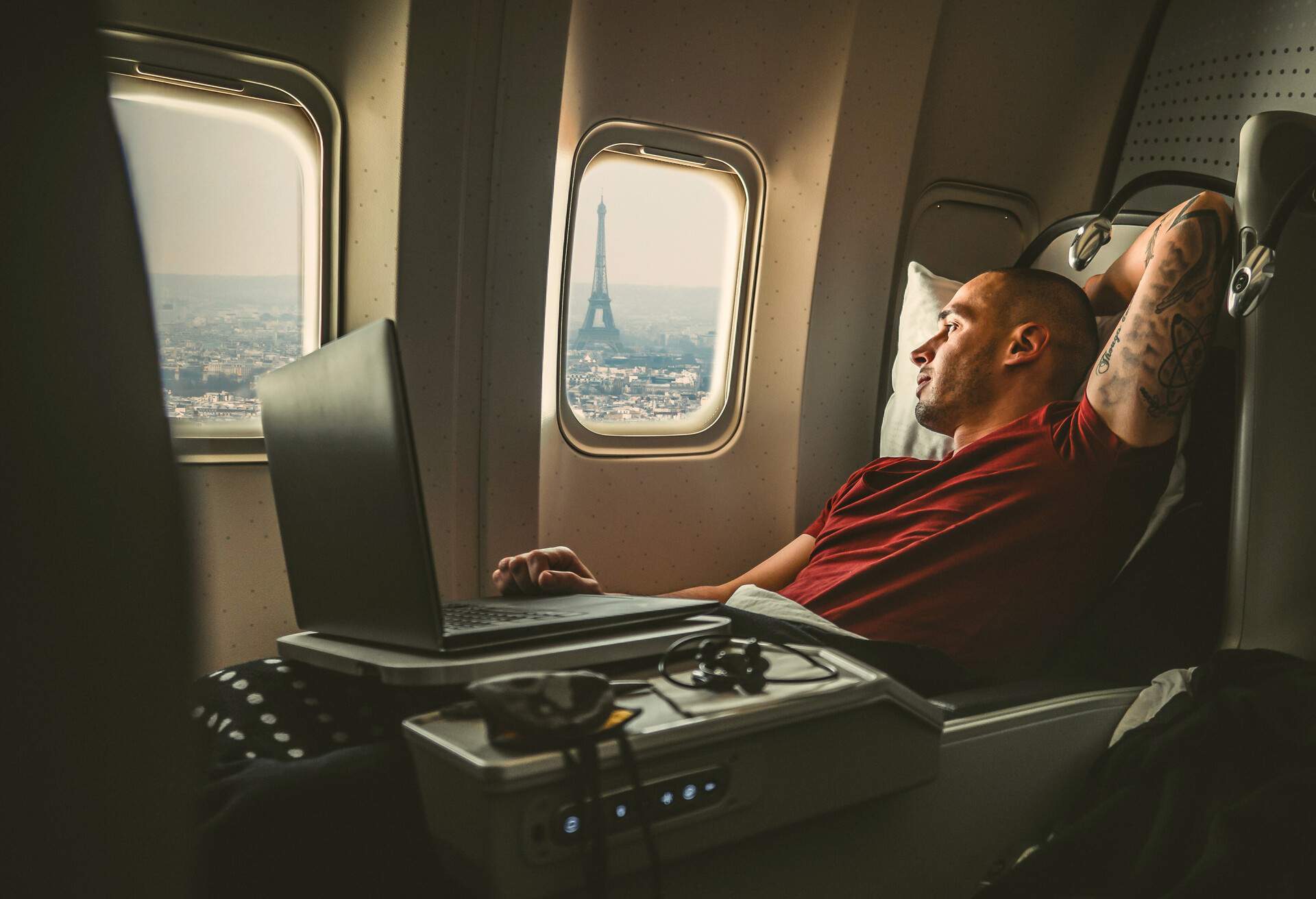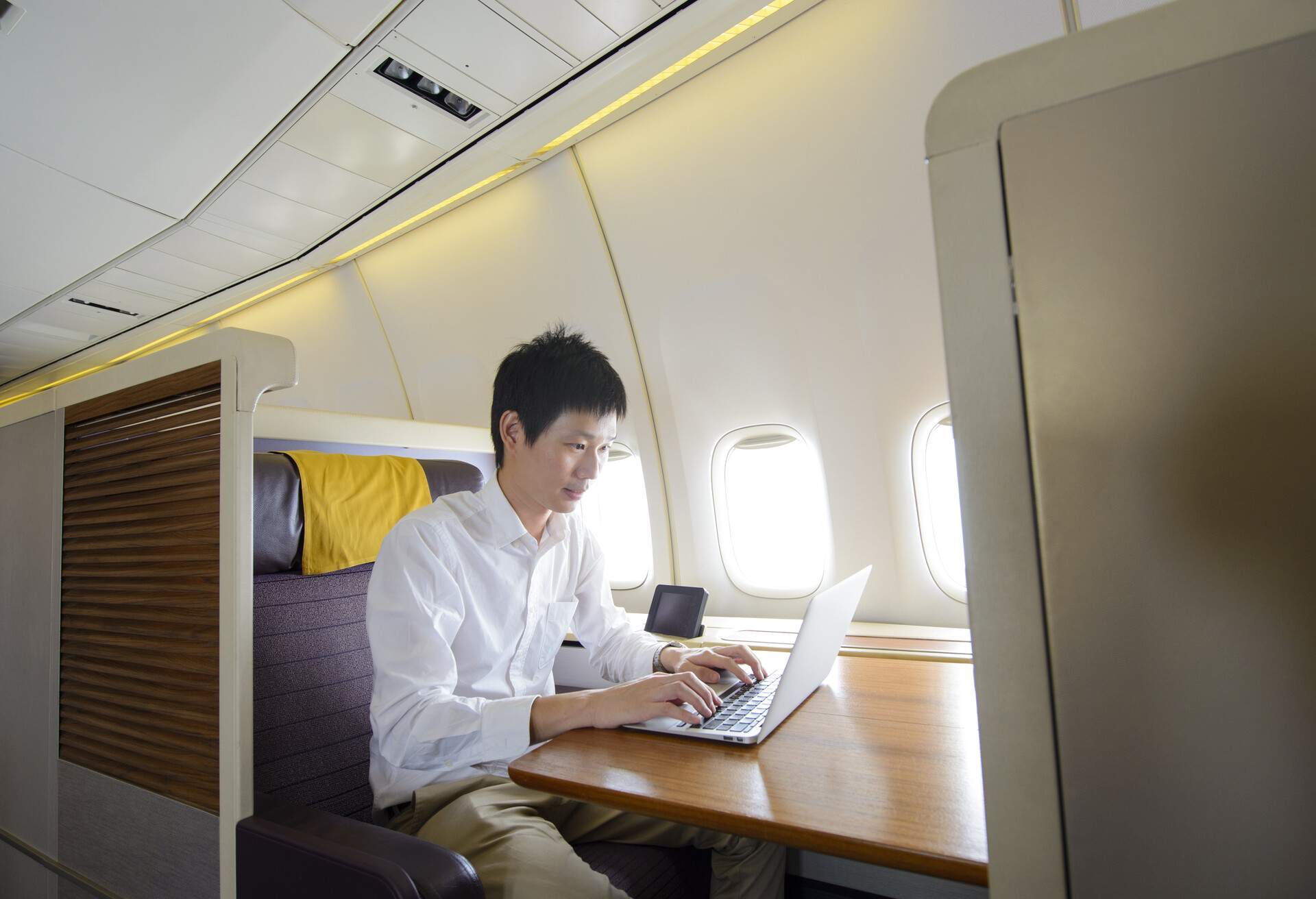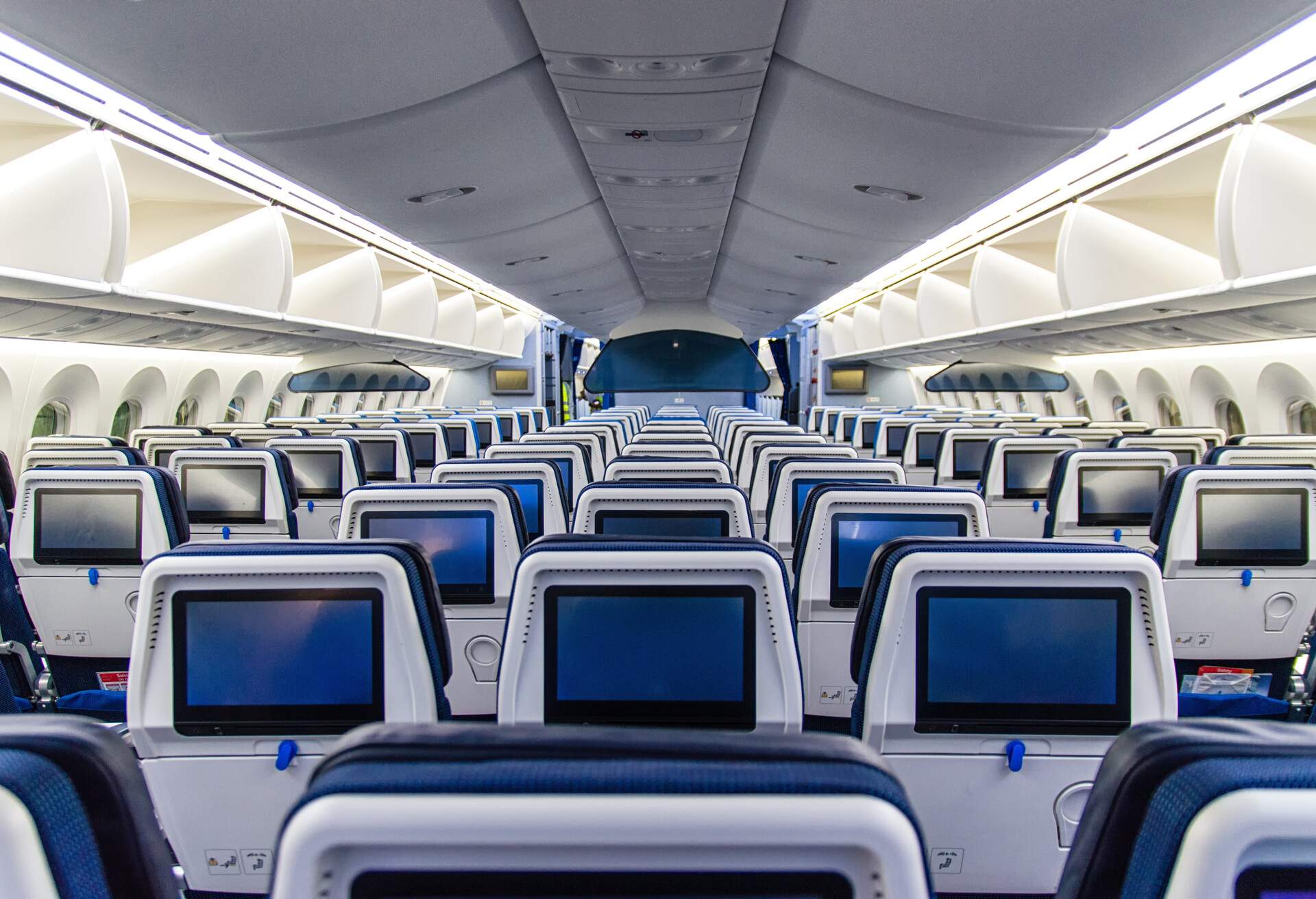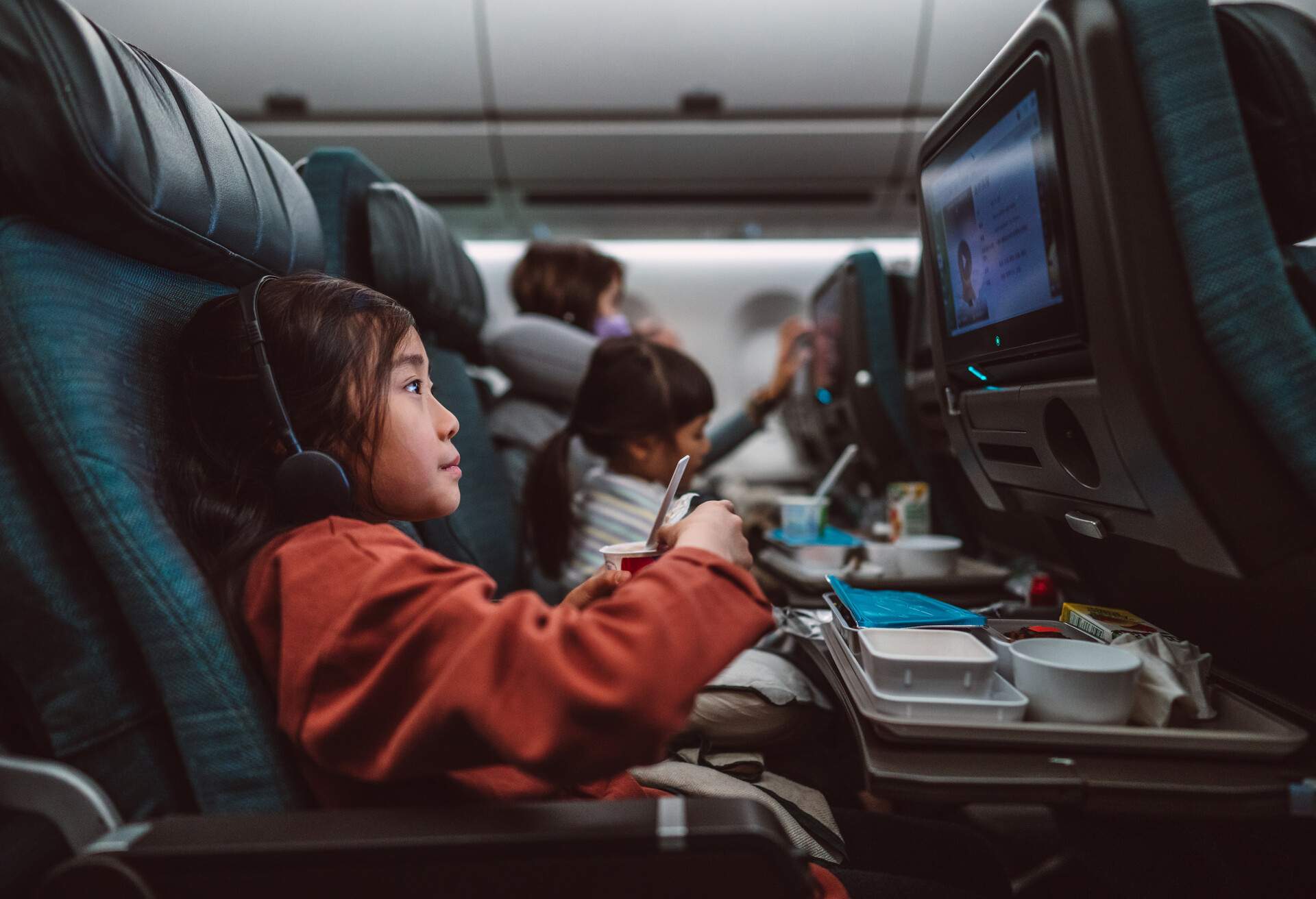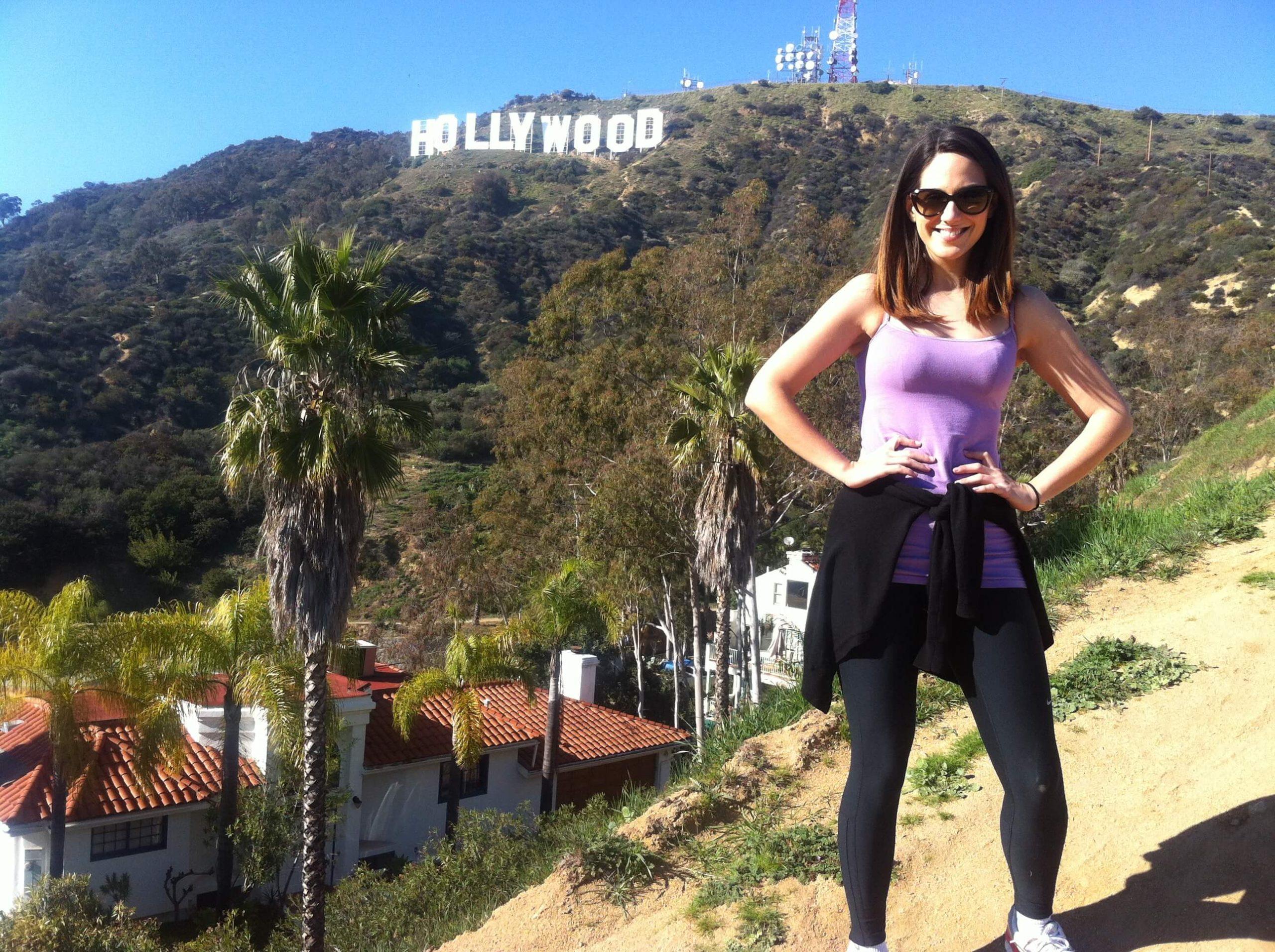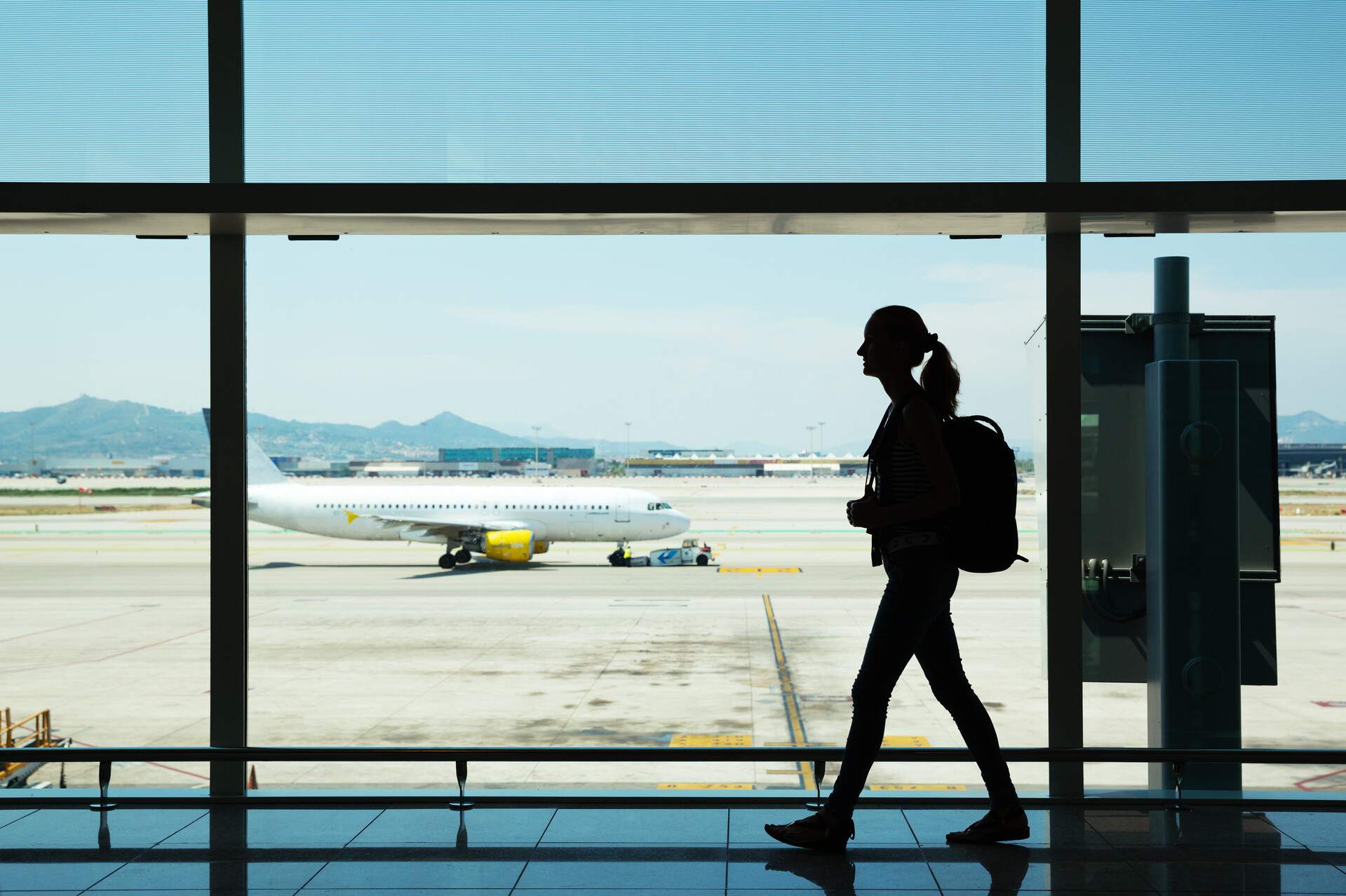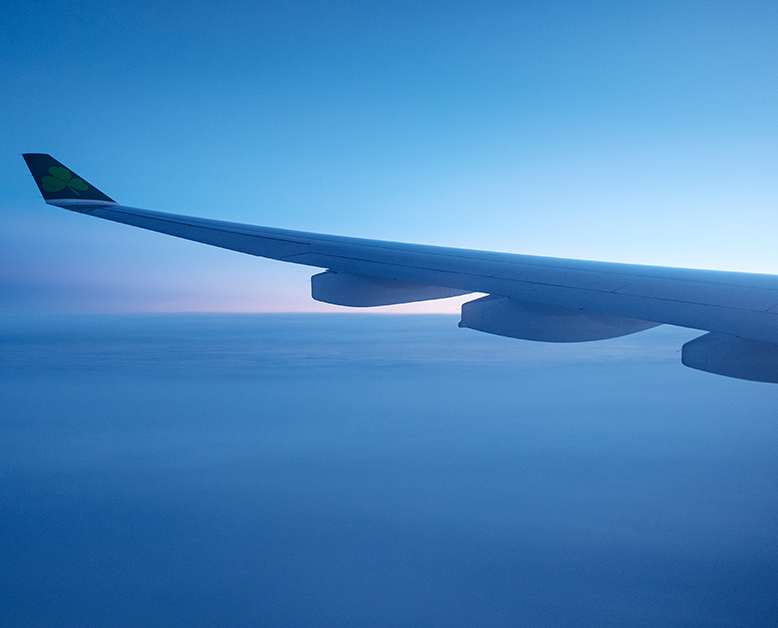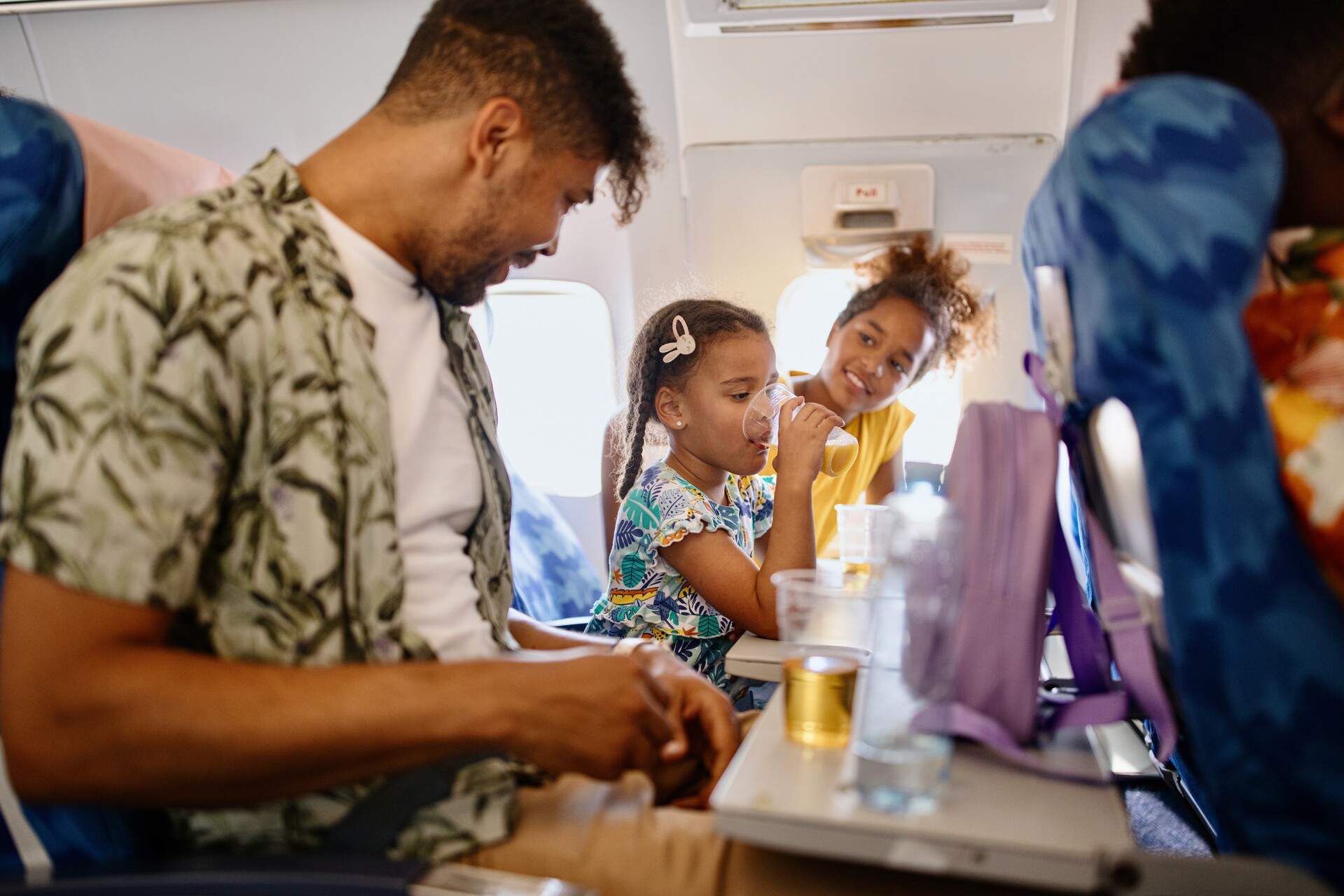When it comes to booking your next plane ticket, one of the first things you’ll need to decide is which of the flight classes to choose. That decision will be based on multiple factors: What’s your budget? How long is the flight? Do you have any points or airmiles you can use?
The list goes on. But whatever the reasons, it’s important to make sure you understand all the key differences between the various airline cabin classes, as well as the fare classes and what they mean.
1. What are airline cabin classes?
Depending on the size of the airline, there may only be one single class available – Coach. Even then, an Economy seat on one carrier can differ hugely from a seat in Coach on another airline. If you’re not sure how many cabin classes your airline offers, it’s worth checking before booking.
2. What are the different flight classes?
Economy
Economy seats are the no-frills option, great for travelers on a budget or those who make regular, short-haul flights and aren’t looking for luxury perks. Also known as coach, standard, or main cabin seats, this is the most affordable flight class and as basic as it comes on an airplane these days. The seats in Economy are narrower than in other classes, and you’ll also notice there’s much less legroom than in other classes. What’s included in an Economy ticket varies from airline to airline – on some flights, it doesn’t come with any extras, and things like in-flight food, Wi-Fi and luggage allowances need to be purchased separately. Other carriers might throw in complimentary snacks, drinks, and in-flight entertainment.
Premium Economy
Premium Economy offers a slight upgrade on standard Economy seats without ramping up the ticket price too much, making it a great option for frequent travelers looking for a slightly more comfortable option. The main perks in this class include wider seats and more legroom, though at a much lower price than Business or First Class. Premium Economy may be separated from other seats by a partition and often offers seats in a more desirable part of the plane (such as near the front), but they’ll usually be listed under the main cabin seats.
On domestic flights, the ‘Premium’ element usually just refers to the fact that they’re the better seats on an aircraft, but on international flights, Premium Economy may offer perks like better food, a larger baggage allowance and free amenity kits.
Business
Those looking for a more luxurious option than Economy but who don’t want to stump up for first-class go for Business, which sits somewhere between the two. Business is definitely a big step up from Economy, offering much more comfortable seats that are wider and can either recline or lie flat, full, or multi-course meals (some of which are served on good China rather than disposable trays) and personal bar service. Naturally, offerings vary depending on different airlines, so it’s worth checking what each one offers before booking.
Lounge access is another great perk that comes along with buying a business-class ticket, particularly if you’re making a stopover on a long-haul journey. For the best deals, check out KAYAK’s handy guide on buying cheap business-class tickets.
First Class
It doesn’t get any better than First Class, which is the crème de la crème of flight classes. This is the most luxurious option available, and you can expect the price of your ticket to reflect that. Passengers in first class get to feel the benefits before they even get on board, skipping the long Economy check-in line and boarding first. The offerings vary vastly depending on the airline, but typically you can expect seats that flatten fully, plenty of personal attention from the flight attendants, special privacy features like your own door and a full meal service with the sort of food you might get in a nice restaurant. Some airlines, such as Emirates, really pull out all the stops, offering passengers their own suite with a double bed and a bathroom with a shower.
3. What are fare classes and what do they mean?
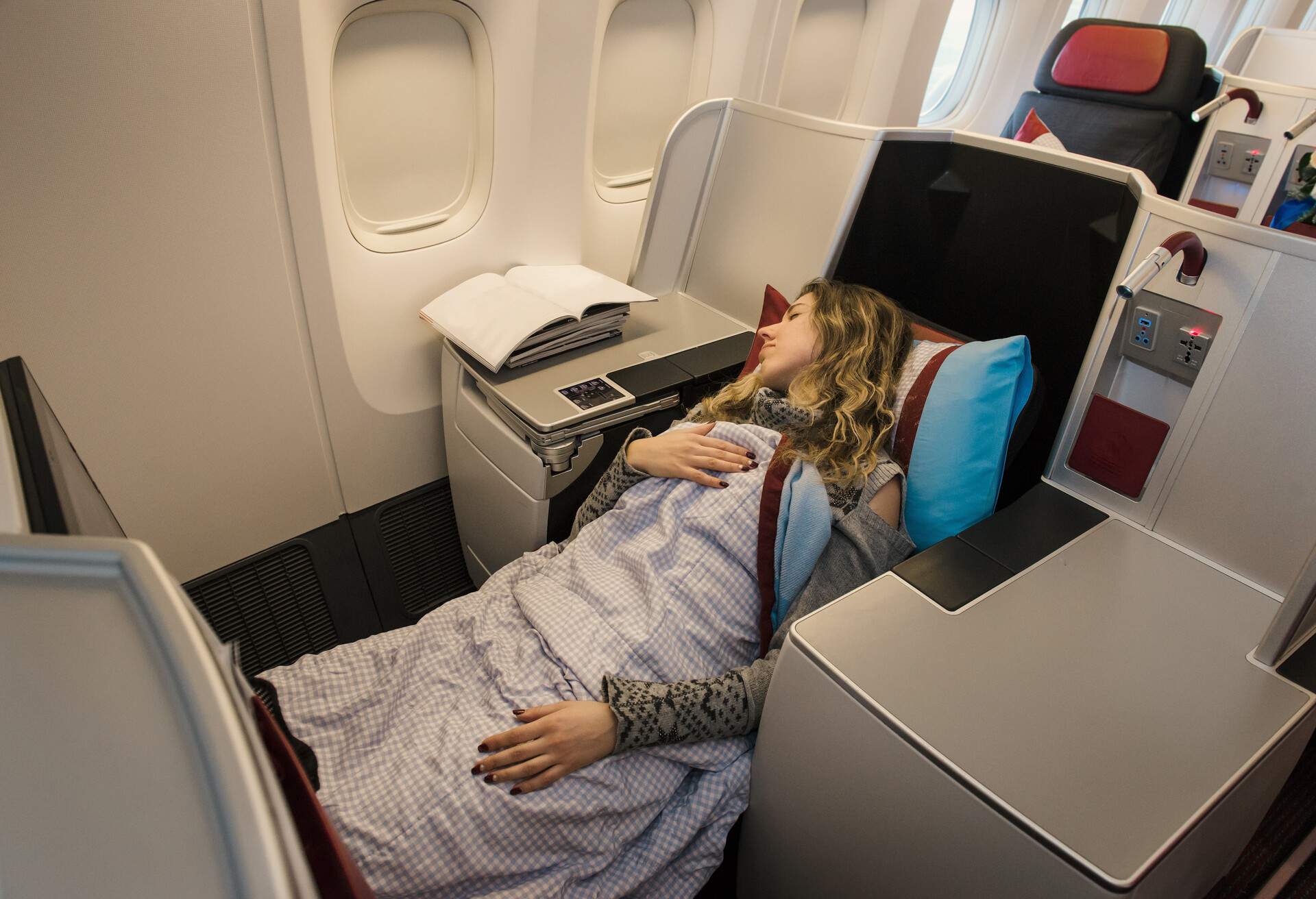
The various fare classes airlines use divide every seat on a plane into different categories, each of which comes with its own price and its own set of rules. These fare classes are identified by one-letter codes, which you’ve probably spotted on your boarding pass before without realizing what they mean (I know I have). While fare codes vary from airline to airline, there are a few that are generally the same, such as the first letter in the fare basis code that represents the fare classes:
- Y: Full-fare Economy-Class ticket
- W: Full-fare Premium Economy Class ticket
- J: Full-fare Business-Class ticket
- F: Full-fare First-Class ticket
The fare basis code (series of 1-8 alphanumeric characters) holds lots of key information, such as the price of your ticket, how many air miles you’ll earn for that flight, and the level of flexibility you have to make any changes. Airlines use fare classes to help control their inventory and determine how many tickets can be sold at a particular price.
4. Tips on how to choose the best class and fare
Use KAYAK’s Flight Search tool to track down the best deals. Here are a few tips and tricks to make sure you’re getting the most out of your next plane booking:
- Do your homework and shop around to make sure you’re getting the best deal on airline cabin classes.
- Fare classes vary by airline, so consult them directly to ensure you understand what each letter means before booking a flight with them.
- It’s important to know what fare class you’ve booked, as that will help you fully understand how it will affect your flight. For example, certain fare classes might prevent you from upgrading tickets or could earn you more points than others. Knowledge is power when it comes to making the most of airline deals and restrictions.
- Generally, the cheaper the fare class, the more restrictions will be associated with that fare.
How this guide was created
I’ve been a travel journalist for 15 years and during that time have hopped on and off more planes than I can count, experiencing everything from cramped long-haul stints in coach to ultra-luxurious trips in first-class and all-expenses-paid private jets. This guide pulls together all the knowledge I’ve gathered during those excursions, as well as extensive research into different airline cabin policies and fare classes.

